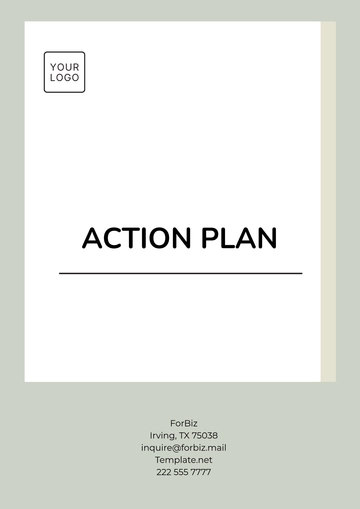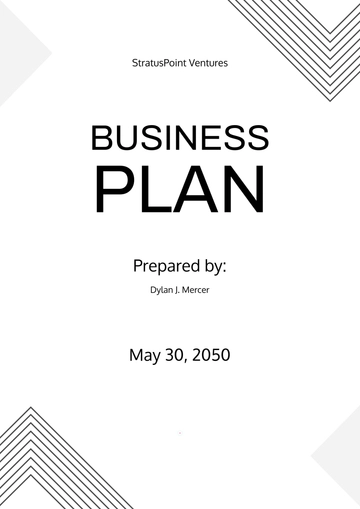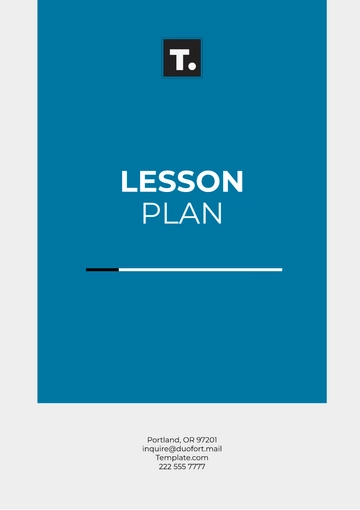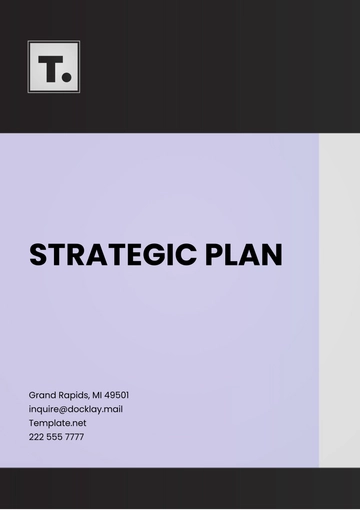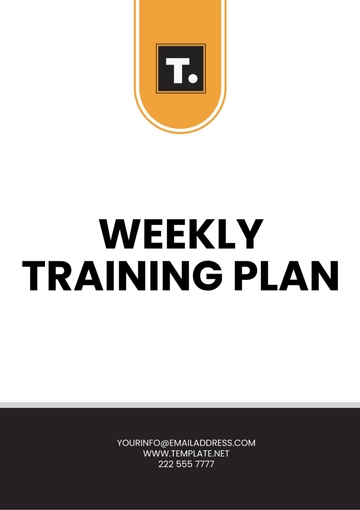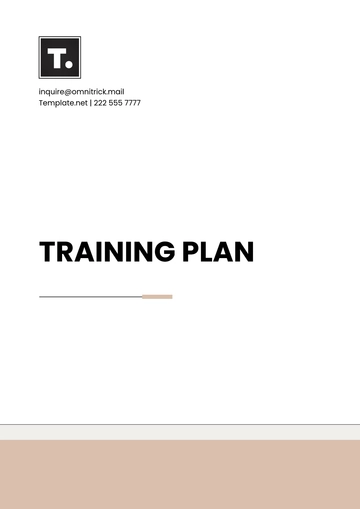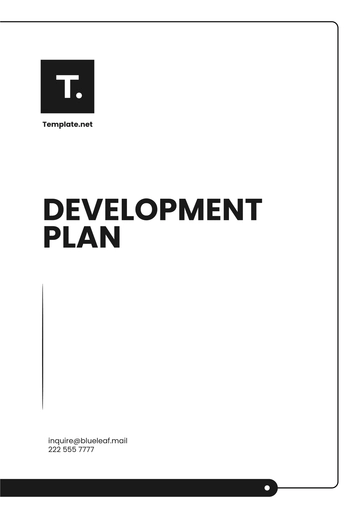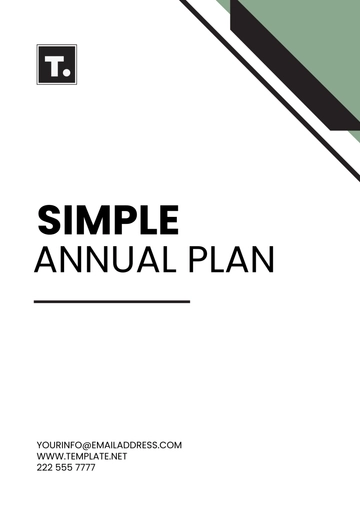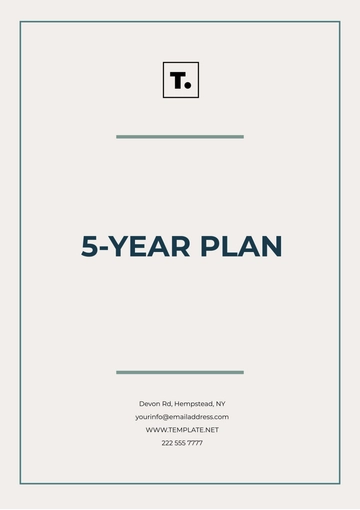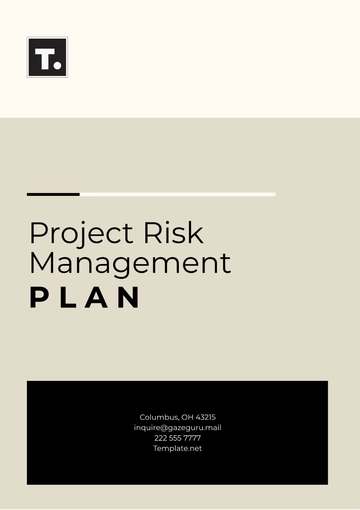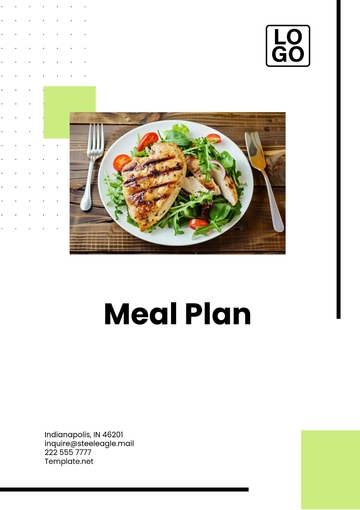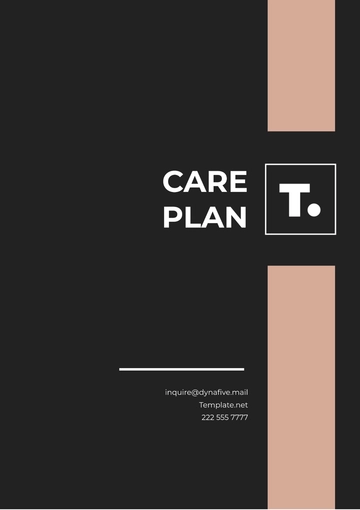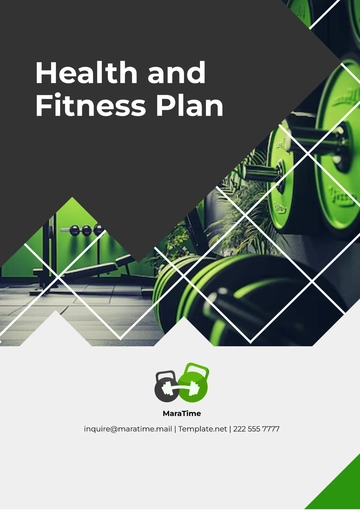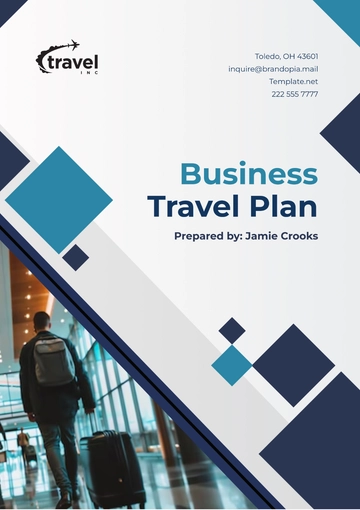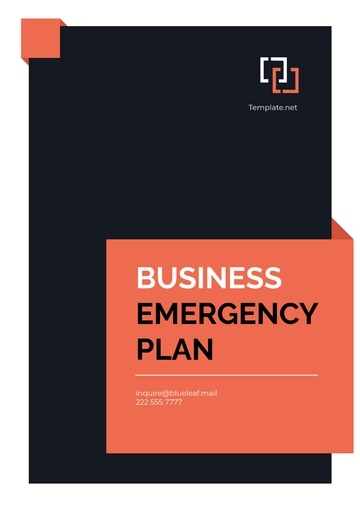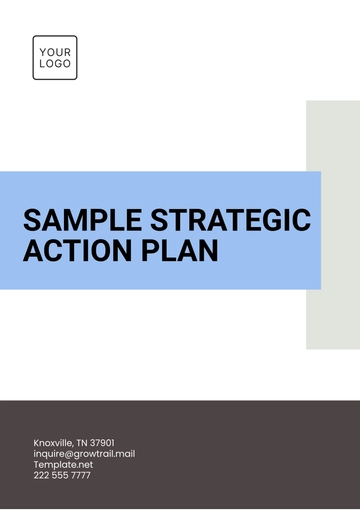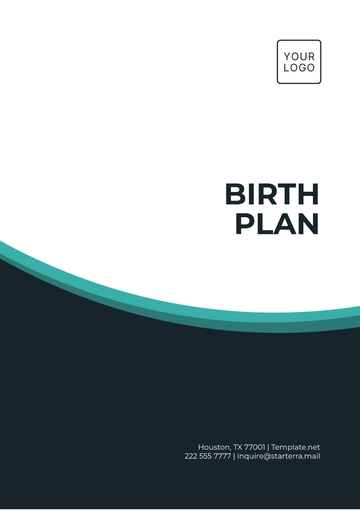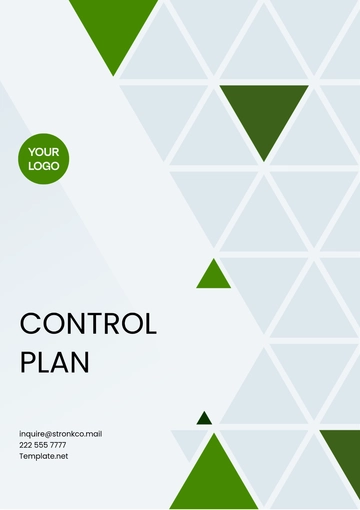Free Car Rental Assessment Plan

I. Introduction
The Car Rental Assessment Plan is pivotal in our commitment to maintaining peak vehicle performance, enhancing safety measures, and delivering unparalleled customer satisfaction. Our comprehensive approach involves regular and rigorous vehicle inspections to preemptively identify and rectify any mechanical issues, ensuring our fleet remains reliable and efficient. Moreover, stringent safety protocols are meticulously integrated and regularly updated to uphold industry standards and legal compliance, prioritizing the safety of both our customers and staff alike.
Continuous staff training is fundamental to our strategy, empowering our team with the latest advancements in vehicle maintenance and safety practices. This ongoing education not only enhances their skill sets but also ensures they are well-equipped to deliver superior service and address any customer concerns promptly and effectively. Additionally, our commitment to customer feedback plays a crucial role in refining our operations. By actively soliciting and analyzing customer input, we gain valuable insights that drive continuous improvement initiatives, enhancing every aspect of the rental experience from reservation to vehicle return.
In essence, the Car Rental Assessment Plan underscores our proactive approach to fleet management and customer service excellence. By combining meticulous vehicle care, robust safety measures, continuous staff development, and responsive customer engagement, we not only strive to meet but exceed expectations, setting a benchmark for quality and reliability in the car rental industry.
II. Objectives
These objectives form the foundation of our Car Rental Assessment Plan, guiding our efforts to uphold performance, safety, customer satisfaction, fleet longevity, and continuous improvement. Each objective is interconnected, working synergistically to ensure that every aspect of our car rental service meets and exceeds the expectations of our valued customers.
Ensure Optimal Vehicle Performance: Our foremost objective is to maintain peak performance across our vehicle fleet through regular and thorough inspections. By proactively identifying and addressing mechanical issues, we ensure that every vehicle meets our stringent performance standards, minimizing the likelihood of breakdowns and maximizing customer satisfaction.
Maintain High Safety Standards: Safety is non-negotiable. We are committed to upholding rigorous safety protocols that exceed industry standards and regulatory requirements. This includes regular safety inspections, comprehensive maintenance checks, and ongoing staff training to ensure that every rental vehicle is safe and reliable for our customers' peace of mind.
Enhance Customer Satisfaction: Customer satisfaction is at the heart of our operations. We strive to deliver an exceptional rental experience by providing well-maintained, clean vehicles and personalized customer service. Our customer-centric approach includes streamlined booking processes, transparent pricing, and responsive assistance throughout the rental period to exceed expectations and foster long-term relationships.
Extend the Lifespan of the Vehicle Fleet: Efficient fleet management is key to sustainability. Through proactive maintenance strategies and adherence to manufacturer guidelines, we aim to extend the operational lifespan of our vehicles. This not only reduces operational costs but also supports environmental sustainability efforts by minimizing our carbon footprint through efficient vehicle utilization and maintenance practices.
Continuously Improve Based on Feedback: Feedback is a valuable asset in our pursuit of excellence. We actively solicit customer feedback to identify areas for improvement and implement actionable insights into our operations. This iterative process allows us to adapt to changing customer needs, refine service delivery, and maintain our position as a leader in the car rental industry, consistently setting higher standards for quality and customer satisfaction.
III. Vehicle Maintenance and Inspection
The Vehicle Maintenance and Inspection section outlines our rigorous approach to ensuring vehicle reliability and safety through regular inspections and preventive maintenance schedules.
A. Regular Inspections
Conduct thorough inspections on a regular schedule:
Inspection Frequency | Activities |
|---|---|
Daily | Conduct visual inspections to detect any damages, ensuring vehicles are clean and presentable. Check fluid levels such as oil, coolant, and windshield washer fluid to maintain optimal operation and safety. |
Weekly | Measure tire pressure and inspect tread depth to ensure safe handling and traction. Check battery status to prevent unexpected failures. Inspect brake function for responsiveness and safety. |
Monthly | Perform engine diagnostics to monitor performance metrics and identify potential issues early. Check transmission for smooth operation and responsiveness. Conduct a full systems review, including lights, wipers, and HVAC, to ensure all components are functioning correctly. |
Bi-annual | Conduct a comprehensive inspection covering all vehicle systems, including chassis, suspension, and electrical systems. Perform emissions testing to ensure compliance with environmental regulations and maintain air quality standards. |
B. Preventive Maintenance
Implement a strict maintenance schedule:
Maintenance Activities | Mileage/Time Interval |
|---|---|
Oil changes | Every 5,000 miles or as recommended by manufacturer |
Brake pad replacement | Every 20,000 miles or as recommended by manufacturer |
Tire rotation | Every 10,000 miles or as recommended by manufacturer |
Fluid replacement and replenishment | Replace fluids such as brake fluid, coolant, and transmission fluid based on manufacturer specifications. Top up windshield washer fluid as needed. |
Software and firmware updates | Regularly update vehicle software and firmware to ensure optimal performance, safety, and compatibility with modern systems and technologies. |
This meticulous approach to vehicle maintenance and inspection ensures that our fleet operates at peak performance levels, minimizing the risk of unexpected breakdowns and ensuring the safety of our customers and staff. By adhering strictly to these schedules and protocols, we not only extend the lifespan of our vehicles but also uphold our commitment to providing a reliable and safe rental experience that exceeds industry standards.
IV. Safety Protocols
The Safety Protocols section details our commitment to maintaining the highest standards of safety and compliance through rigorous protocols and procedures.
A. Safety Standards and Legal Requirements
Continuously update and enforce safety protocols based on latest industry standards and legal requirements:
Safety Measures | Details |
|---|---|
Compliance with Regulations | Ensure strict adherence to local, state, and federal safety regulations governing vehicle rental operations, including vehicle condition, insurance requirements, and customer safety standards. Regularly update protocols to align with evolving legislation and industry best practices. |
Audits and Safety Checks | Conduct regular audits and comprehensive safety inspections of our facilities and vehicle fleet. These checks include structural integrity assessments, safety system functionality verification, and adherence to maintenance schedules. Identify and rectify any potential hazards promptly. |
Advanced Safety Features | Implement advanced safety technologies and features in our vehicles, such as anti-lock braking systems (ABS), traction control, electronic stability control (ESC), and advanced driver-assistance systems (ADAS). These enhancements aim to improve vehicle handling, mitigate risks, and enhance passenger and driver safety. |
Emergency Preparedness | Maintain and regularly update an emergency preparedness and response plan that outlines procedures for handling accidents, medical emergencies, natural disasters, and other unexpected events. Ensure staff are trained in emergency protocols and conduct regular drills to assess readiness and response times. |
B. Safety Procedures
Key safety procedures employed include:
Safety Procedures | Details |
|---|---|
Driver Safety Training | Provide comprehensive training programs for all drivers, emphasizing safe driving practices, vehicle handling techniques, and familiarity with safety features. Training covers defensive driving, navigating adverse weather conditions, and responding to emergencies. Regularly update training modules to incorporate new safety standards and technologies. |
Accident Reporting and Response | Establish a clear and efficient protocol for reporting accidents, incidents, and near misses. Ensure all incidents are documented accurately and promptly. Implement a response plan that prioritizes the safety and well-being of all individuals involved, including customers, employees, and the public. |
Staff Safety Briefings | Conduct regular safety briefings and meetings for all staff members to reinforce safety protocols, discuss recent incidents or safety concerns, and provide updates on regulatory changes. Encourage open communication and feedback regarding safety practices and procedures. |
Emergency Drills | Conduct routine emergency drills to simulate various scenarios, such as vehicle accidents, fires, or medical emergencies. Evaluate staff response times, communication effectiveness, and adherence to safety protocols during these drills. Use feedback from drills to refine and improve emergency response procedures. |
Hazard Rectification | Immediately address and rectify any identified safety hazards, whether related to vehicles, facilities, or operational procedures. Encourage proactive reporting of hazards by staff and customers and implement measures to prevent future occurrences. Regularly review and update safety protocols based on hazard assessments and incident reports. |
This comprehensive framework for safety protocols ensures that we maintain a secure environment for all stakeholders involved in our car rental operations. By prioritizing compliance, advanced safety measures, and ongoing training and improvement, we aim to exceed industry standards and provide a safe and reliable rental experience that instills confidence in our customers and partners.
V. Staff Training Program
The Staff Training Program section highlights our commitment to equipping our team with the necessary skills and knowledge to deliver exceptional vehicle maintenance and customer service.
A. Vehicle Maintenance Skills
Ensure all staff are trained in essential vehicle maintenance skills:
Training Focus | Details |
|---|---|
Basic Troubleshooting and Repairs | Train staff in basic troubleshooting techniques, such as identifying and resolving common vehicle issues like minor electrical faults, fluid leaks, and tire punctures. This includes practical sessions on changing bulbs, replacing wiper blades, and addressing minor engine malfunctions. |
Use of Diagnostic Tools and Equipment | Provide hands-on training with diagnostic tools, including OBD-II scanners and diagnostic software, to diagnose and interpret vehicle error codes accurately. Staff learn to perform diagnostic tests for engine performance, emissions, and electrical systems to ensure vehicles operate at optimal levels. |
Understanding of Vehicle Systems | Educate staff on the intricacies of vehicle systems and components, covering engine operation, transmission functionality, braking systems, and electronic control units (ECUs). This training enables them to identify potential issues, perform preventive maintenance tasks, and recommend necessary repairs with confidence. |
B. Customer Safety and Service
Provide training to enhance customer safety and service:
Training Focus | Details |
|---|---|
Customer Interaction and Service Excellence | Enhance staff communication skills and customer service etiquette through role-playing exercises and scenario-based training. Focus areas include active listening, empathy, and effective problem-solving to create positive customer interactions. Staff learn to manage customer expectations and deliver personalized service that exceeds expectations. |
Handling Customer Complaints and Feedback | Equip staff with strategies to handle customer complaints effectively, emphasizing a proactive approach to resolving issues. Training includes de-escalation techniques, root cause analysis of complaints, and implementing corrective actions to prevent recurrence. Staff are empowered to turn negative experiences into opportunities for customer retention and loyalty. |
Ensuring Customer Safety | Train staff on protocols to prioritize customer safety during vehicle issue resolution, including immediate assessment of safety risks and timely communication with customers. Emphasis is placed on offering alternative transportation solutions, ensuring vehicle readiness, and maintaining transparent communication throughout the resolution process. |
Our robust Staff Training Program ensures that every team member possesses the technical proficiency and interpersonal skills necessary to uphold our commitment to vehicle safety, maintenance excellence, and superior customer service. By fostering continuous learning and development, we empower our staff to deliver exceptional experiences that enhance customer satisfaction and loyalty, reinforcing our position as a trusted leader in the car rental industry.
VI. Customer Feedback and Improvement
The Customer Feedback and Improvement section outlines our proactive approach to utilizing customer feedback for continuous enhancement of our services and operations.
Customer Feedback Collection
Feedback Collection Methods | Details |
|---|---|
Regular Customer Surveys and Forms | Conduct periodic surveys and distribute feedback forms to gather insights into customer experiences, satisfaction levels, and areas for improvement. Use structured questions and rating scales to capture quantitative and qualitative feedback effectively. |
Analysis of Feedback | Systematically analyze collected feedback to identify recurring themes, trends, and specific issues mentioned by customers. Utilize data analytics tools to process quantitative feedback and qualitative insights to gain a comprehensive understanding of customer sentiment. |
Implementation of Changes | Based on feedback analysis, develop action plans to address identified areas for improvement. Implement operational changes, service enhancements, or policy adjustments to resolve issues and enhance overall customer satisfaction. Ensure changes are aligned with company goals and customer expectations. |
Follow-up and Validation
Follow-up Processes | Details |
|---|---|
Validation of Improvements | Monitor and evaluate the effectiveness of implemented changes through follow-up surveys, feedback loops, or direct customer interaction. Seek validation from customers to confirm whether improvements have addressed their concerns and enhanced their experience. |
Continuous Improvement Cycle | Establish a continuous improvement cycle that integrates ongoing feedback collection, analysis, implementation of changes, and validation of improvements. Regularly review and refine customer feedback processes to ensure responsiveness and relevance to evolving customer needs. |
Our proactive approach to customer feedback ensures that we not only listen attentively to our customers but also take decisive actions to improve our services continually. By leveraging feedback insights, implementing effective changes, and validating improvements through direct engagement, we strive to exceed customer expectations and foster long-term relationships based on trust and satisfaction.
VII. Plan Implementation and Review
The Plan Implementation and Review section details our structured approach to executing operational tasks and conducting periodic reviews for continuous improvement.
A. Implementation
Follow the specified schedules and assign responsibilities accordingly to ensure smooth implementation of the plan.
Task | Frequency | Responsible Party | Notes |
|---|---|---|---|
Daily Visual Checks | Daily | Maintenance Staff | Ensure fluid levels are adequate |
Tire Pressure and Tread Check | Weekly | Technicians | Include battery and brakes in checks |
Engine Diagnostics | Monthly | Engine Specialists | Use comprehensive diagnostic tools |
Comprehensive Inspection | Bi-Annual | Senior Technicians | Includes emissions testing |
Customer Feedback Analysis | Quarterly | Customer Service Team | Implement changes based on trends |
B. Review and Adjustment
Regularly review the plan's effectiveness and make adjustments as necessary:
Review Focus | Details |
|---|---|
Quarterly Review Meetings | Conduct meetings to assess the effectiveness of implemented tasks and identify areas for improvement. Discuss operational challenges, customer feedback trends, and regulatory updates. |
Adapting to New Technology and Regulations | Stay updated on technological advancements and regulatory changes affecting car rental operations. Implement necessary adjustments to maintain compliance and enhance operational efficiency. |
Continuous Improvements | Foster a culture of continuous improvement by actively seeking feedback, analyzing performance metrics, and refining operational processes based on insights and data-driven decisions. Regularly update procedures and training programs to align with industry best practices and customer expectations. |
This structured approach to plan implementation and review ensures that our operations remain efficient, compliant with regulations, and responsive to customer feedback. By maintaining regular review cycles and adapting to evolving industry trends, we enhance service delivery and uphold our commitment to excellence in car rental services.
VIII. Conclusion
Our Car Rental Assessment Plan embodies our commitment to excellence in vehicle maintenance, safety protocols, staff training, customer satisfaction, and continuous improvement. By implementing rigorous inspection schedules, maintaining high safety standards, and training our staff in essential skills, we ensure the optimal performance and safety of our vehicle fleet. Customer feedback plays a pivotal role in our operations, guiding us to make proactive changes that enhance the rental experience and exceed expectations.
Through regular reviews and adjustments, we remain agile in responding to technological advancements, regulatory requirements, and evolving customer preferences. This commitment to ongoing improvement fosters a culture of excellence and innovation within our organization, ensuring that we deliver exceptional service and maintain our position as a trusted leader in the car rental industry.
By adhering to this comprehensive plan, we uphold our promise to provide reliable, safe, and customer-centric car rental services that meet the diverse needs of our clientele. We are dedicated to continuously raising the bar in service quality, operational efficiency, and customer satisfaction, setting new standards of excellence in every aspect of our business.
- 100% Customizable, free editor
- Access 1 Million+ Templates, photo’s & graphics
- Download or share as a template
- Click and replace photos, graphics, text, backgrounds
- Resize, crop, AI write & more
- Access advanced editor
Optimize your car rental business strategy with Template.net's Car Rental Assessment Plan Template. This fully customizable and editable template simplifies the process of evaluating rental operations. Expertly designed and editable in our AI Editor Tool, it empowers marketing professionals to create tailored assessment plans effortlessly. Elevate your business analysis with this indispensable marketing asset today.
You may also like
- Finance Plan
- Construction Plan
- Sales Plan
- Development Plan
- Career Plan
- Budget Plan
- HR Plan
- Education Plan
- Transition Plan
- Work Plan
- Training Plan
- Communication Plan
- Operation Plan
- Health And Safety Plan
- Strategy Plan
- Professional Development Plan
- Advertising Plan
- Risk Management Plan
- Restaurant Plan
- School Plan
- Nursing Home Patient Care Plan
- Nursing Care Plan
- Plan Event
- Startup Plan
- Social Media Plan
- Staffing Plan
- Annual Plan
- Content Plan
- Payment Plan
- Implementation Plan
- Hotel Plan
- Workout Plan
- Accounting Plan
- Campaign Plan
- Essay Plan
- 30 60 90 Day Plan
- Research Plan
- Recruitment Plan
- 90 Day Plan
- Quarterly Plan
- Emergency Plan
- 5 Year Plan
- Gym Plan
- Personal Plan
- IT and Software Plan
- Treatment Plan
- Real Estate Plan
- Law Firm Plan
- Healthcare Plan
- Improvement Plan
- Media Plan
- 5 Year Business Plan
- Learning Plan
- Marketing Campaign Plan
- Travel Agency Plan
- Cleaning Services Plan
- Interior Design Plan
- Performance Plan
- PR Plan
- Birth Plan
- Life Plan
- SEO Plan
- Disaster Recovery Plan
- Continuity Plan
- Launch Plan
- Legal Plan
- Behavior Plan
- Performance Improvement Plan
- Salon Plan
- Security Plan
- Security Management Plan
- Employee Development Plan
- Quality Plan
- Service Improvement Plan
- Growth Plan
- Incident Response Plan
- Basketball Plan
- Emergency Action Plan
- Product Launch Plan
- Spa Plan
- Employee Training Plan
- Data Analysis Plan
- Employee Action Plan
- Territory Plan
- Audit Plan
- Classroom Plan
- Activity Plan
- Parenting Plan
- Care Plan
- Project Execution Plan
- Exercise Plan
- Internship Plan
- Software Development Plan
- Continuous Improvement Plan
- Leave Plan
- 90 Day Sales Plan
- Advertising Agency Plan
- Employee Transition Plan
- Smart Action Plan
- Workplace Safety Plan
- Behavior Change Plan
- Contingency Plan
- Continuity of Operations Plan
- Health Plan
- Quality Control Plan
- Self Plan
- Sports Development Plan
- Change Management Plan
- Ecommerce Plan
- Personal Financial Plan
- Process Improvement Plan
- 30-60-90 Day Sales Plan
- Crisis Management Plan
- Engagement Plan
- Execution Plan
- Pandemic Plan
- Quality Assurance Plan
- Service Continuity Plan
- Agile Project Plan
- Fundraising Plan
- Job Transition Plan
- Asset Maintenance Plan
- Maintenance Plan
- Software Test Plan
- Staff Training and Development Plan
- 3 Year Plan
- Brand Activation Plan
- Release Plan
- Resource Plan
- Risk Mitigation Plan
- Teacher Plan
- 30 60 90 Day Plan for New Manager
- Food Safety Plan
- Food Truck Plan
- Hiring Plan
- Quality Management Plan
- Wellness Plan
- Behavior Intervention Plan
- Bonus Plan
- Investment Plan
- Maternity Leave Plan
- Pandemic Response Plan
- Succession Planning
- Coaching Plan
- Configuration Management Plan
- Remote Work Plan
- Self Care Plan
- Teaching Plan
- 100-Day Plan
- HACCP Plan
- Student Plan
- Sustainability Plan
- 30 60 90 Day Plan for Interview
- Access Plan
- Site Specific Safety Plan

